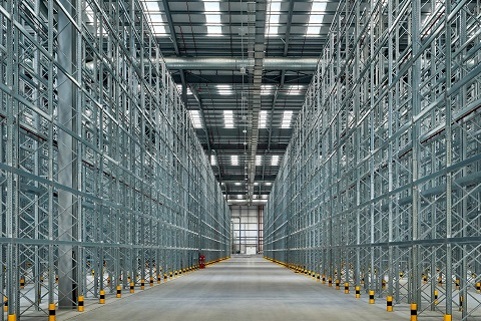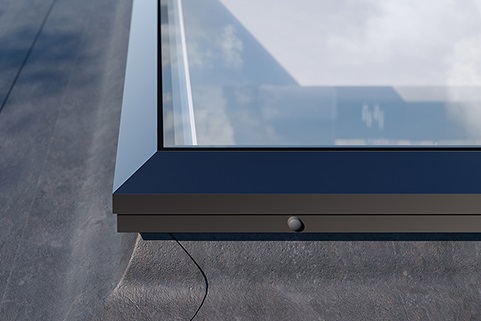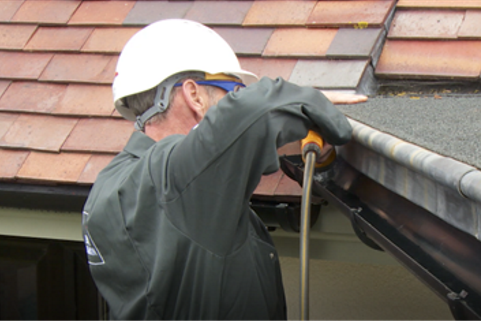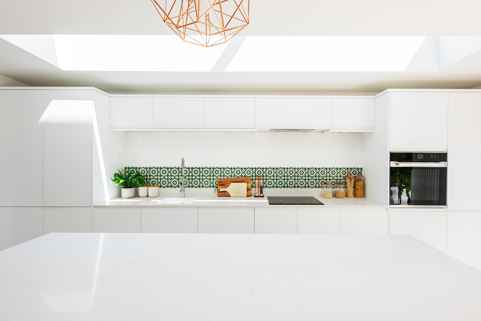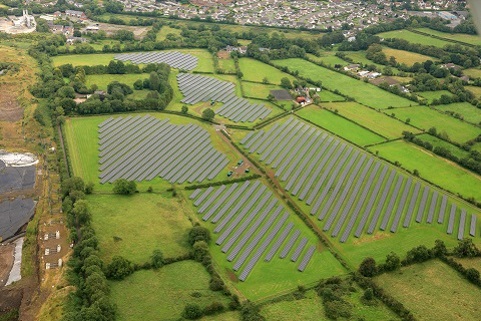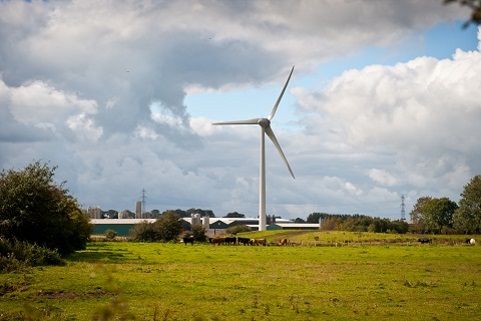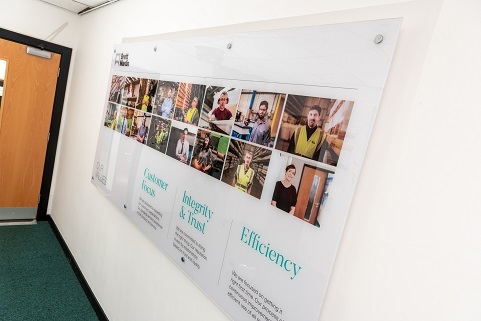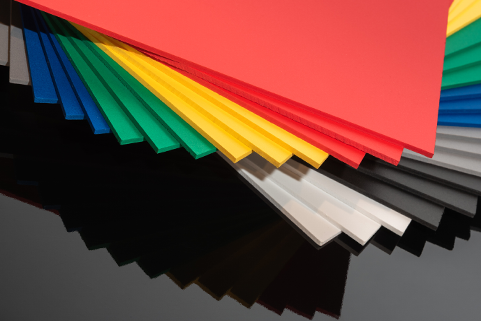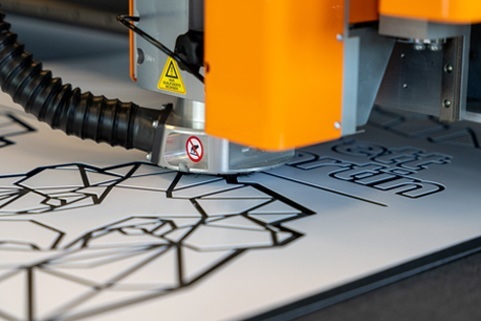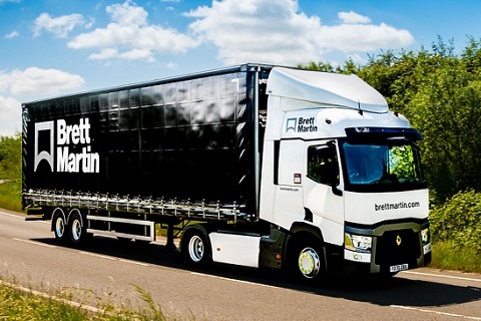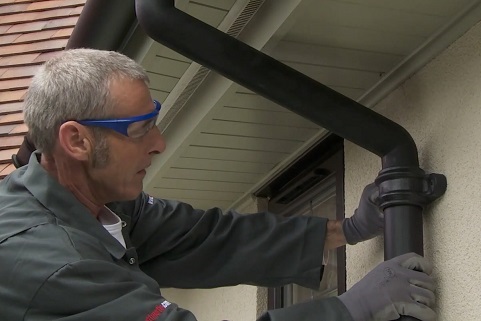What to consider when specifying a rainwater guttering system
When specified correctly, a rainwater gutter system is a vital building component that will provide a property with maximum protection from days of heavy and intense rainfall.
Performance
With a wealth of options in the marketplace, how do you get the specification right? It is vital that all options are considered against criteria such as performance, cost, aesthetics, ease of installation and maintenance.
From the outset, it is important to understand that guttering and drainage will protect a building and are essential to its operability. Under Part H of Building Regulations, it must efficiently carry rainwater away from a roof without overspilling. A specifier or contractor should consider local weather conditions, the potential impact on the underground drainage layout, the catchment area of the roof, gutter capacity and support, expansion allowance and fall calculations in any efficient rainwater system design.
Some areas of the UK will experience higher volumes of rain, in which case higher capacity rainwater systems such as Brett Martin’s Prostyle 106mm gutter for domestic properties which delivers a flow rate of 5.10 litres per second. Compare this to a traditional half-round system which provides 2.43 litres per second. For larger commercial and industrial projects, the Deepstyle 170mm gutter delivers a massive 10.24 litres per second. To ensure a system doesn’t overflow, it is important to calculate the roof area which can be found in BS EN 12056-3: 2000: Roof drainage layout and calculations. Snow accumulation on a roof can also present a challenge and therefore rainwater systems will require appropriate gutter spacings to accommodate the higher load.
Aesthetics
Aesthetics should not be an afterthought, and when specified correctly, should suit the building’s style whether it is a modern or period property. Whether choosing PVC, aluminium or cast iron, there are a wide variety of colour options and gutter styles. The size, shape, material and placement of a rainwater system will each have a big impact on the exterior look of a property. Plastic rainwater systems can enable specifiers to create a heritage look at a fraction of the price of cast iron systems. Brett Martin’s Cascade cast iron effect rainwater system has been designed to replicate original features, dimensions and detailing, and is available in eight heritage colours.
Ease of installation
With significant additional weight, cast iron drainage systems can be heavy and difficult to install and will generally require on-site cutting using specialist tools. Builders must also be extra vigilant regarding health and safety and will require more time to lift and fix the system – leading to increased costs and potential delays in the installation process. In comparison, the plastic ranges are so much lighter than cast iron; installation at height is less hazardous, being effortless to lift, easy to manoeuvre, simple to cut and quick to fit. The systems also benefit from external fixing lugs, enabling easy power tool access, which further speeds up installation. All gutter fitting joints have integral seals and flexible retaining clips, allowing the gutter lengths to simply click into place. No extra-cost fixing kits or nuts and bolts are required to make gutter joints, as with most traditional systems.
Maintenance
When rainwater systems are not properly maintained this can lead to rainwater running down the walls of a building which will eventually cause damage to the fabric. Gutter and downpipes should be checked regularly, particularly in areas where there are large amounts of debris such as leaves from nearby trees. Plastic and uPVC rainwater systems are self-coloured so painting is not normally required and unlike cast iron, it is not vulnerable to rusting or corrosion.
Cost
Faced with the rising cost of building materials, specifiers should also be aware of the true cost of the rainwater system - in terms of materials, labour and maintenance over the lifetime of the building. For example, cast iron is good to look at but much more expensive in actual material and installation costs and requires a lot of maintenance to keep it looking good. Plastic alternatives such as Brett Martin’s Cascade cast iron effect rainwater system replicates the detail of a traditional cast iron rainwater system in every way and is a much more cost-effective option.
Related
Brett Martin's affordable rainwater guttering ranges are made from modern polymers both to replicate the authentic detail of real cast iron systems as well as standard designs. Easy to install, due to its lightweight, with an extensive range of gutter profiles, downpipe components and hopper options to choose from in a choice of colours... personalising your project has never been easier.

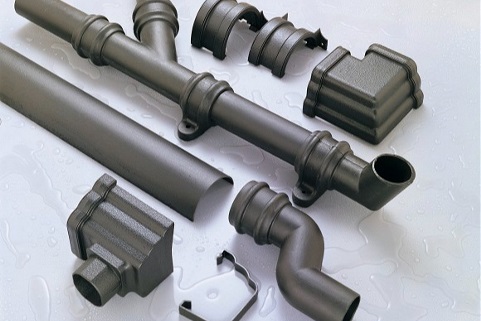
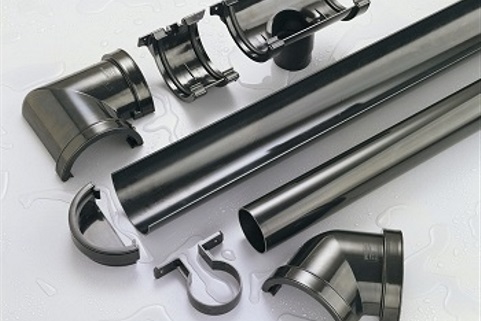
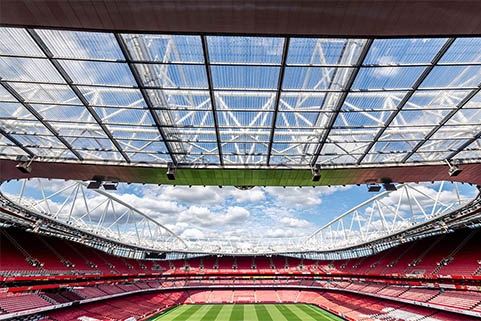
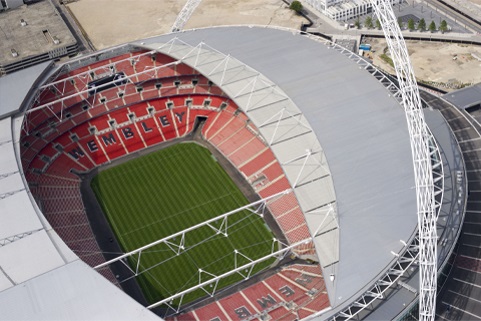
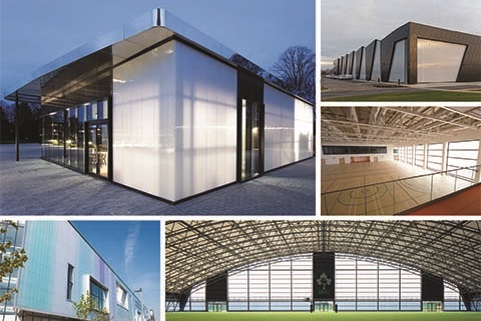
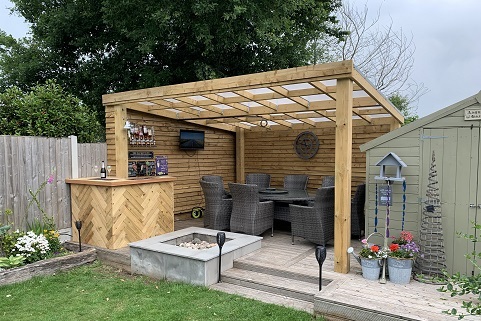
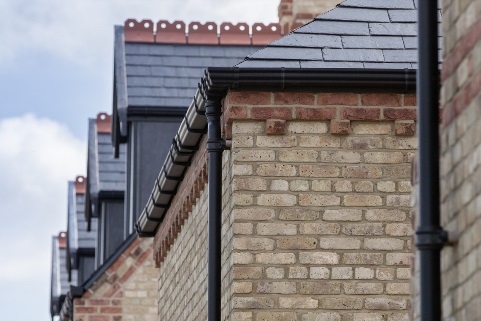
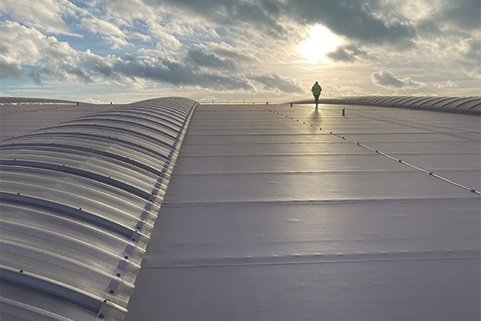
.tmb-listing.jpg?Culture=en&sfvrsn=a65ec15f_1)

